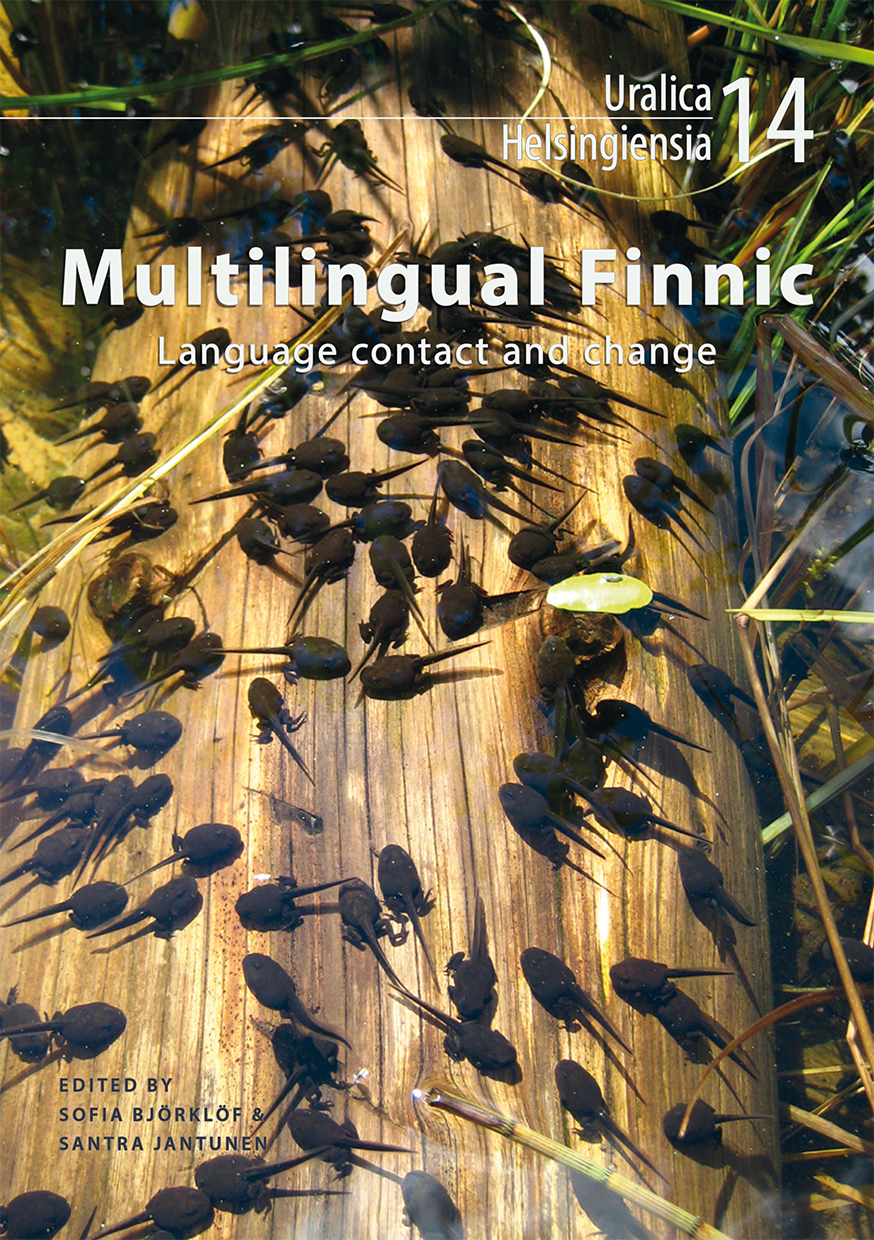Syntactic and aspectual functions of Latvian verbal prefixes in Livonian
DOI:
https://doi.org/10.33341/uh.85032Avainsanat:
language contact, aspect, aspectual opposition, perfectivity, verbal prefixes, Livonian, LatvianAbstrakti
This paper presents an analysis of an assumed contact-induced change in the Livonian modes of expressing perfective aspect: the adoption of Latvian-origin verbal prefixes expressing perfective aspect. The main objective of this article is to determine whether long-standing contact between Livonian and Latvian has led to the introduction of verbal prefixes as both pure lexical elements and, in parallel, as markers of grammatical functions that distinguish Livonian from its closest cognate languages. The current study is based on the data derived from unpublished recordings and published written material representing spoken Livonian, already extinct as a first language in the traditional speech area.
There are a total of eleven Latvian-origin verbal prefixes in Livonian, a language which usually does not display this category. The prefixes are as follows: aiz-, ap-, at-, ie-, iz-, nuo-, pa-, pie-, pōr-, sa-, and uz-. In Latvian, most of these items can be used as bound verbal prefixes and also prepositions marking adverbial functions. In Livonian, these prefixes can be combined with both Livonian and Latvian verbs but, as a rule – except for pa- – they do not occur as prepositions. The frequency of their occurrence in the data varies considerably and, presumably, corresponds to the degree that a given prefix may derive perfective verbs. In fact, verbal prefixation can be considered, to some extent, a means for expressing perfective aspect in Livonian, thereby adding a secondary strategy to the inherent Finnic way of expressing aspectual oppositions, namely the object case alternation and verbal particles.




